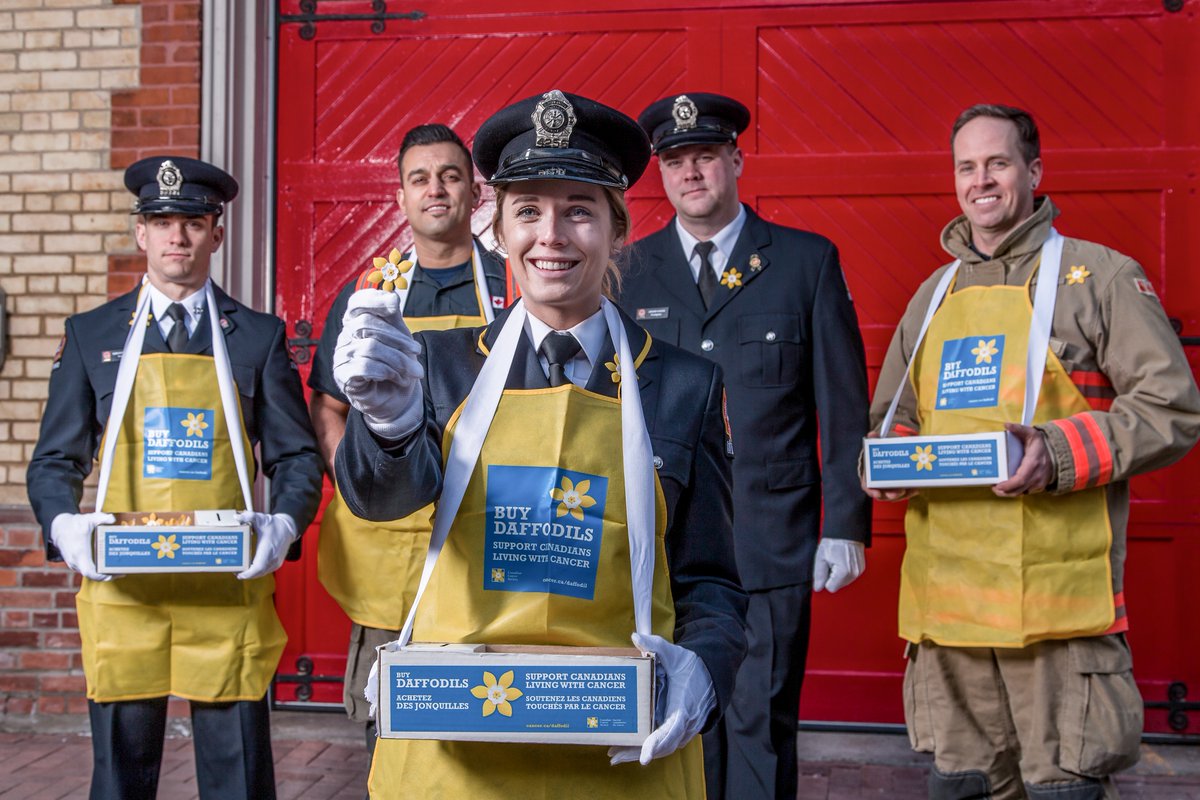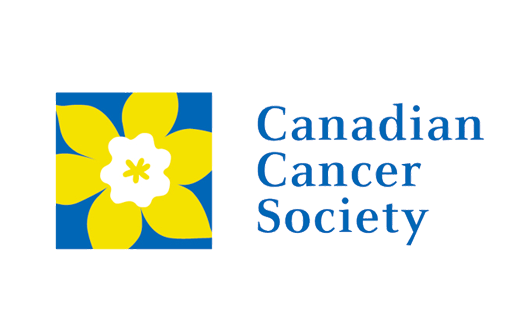
“Pulling it all together into a single place and seeing people as whole human beings that have different ways of interacting with us was game changing.” - Andrew Caswell, CRM Implementation Lead
Canadian Cancer Society Transforms Their CRM While Implementing a Rapid COVID-19 Response
With staff and volunteers working across Canada, The Canadian Cancer Society (CCS) funds groundbreaking cancer research, offers patient support services, shapes health policies, and offers trusted cancer information for all Canadians. It can’t pause for a pandemic.
CCS is a national organization spanning 10 provinces across Canada, which means that their constituent data is coming from many sources. The organization was working with a “gaggle of databases,” according to Andrew Caswell, CRM implementation lead at CCS. They’d been working with 22 fundraising and CRM solutions across seven platforms, multiple volunteer databases, and thousands of spreadsheets, before bringing in Heller Consulting, to work with them to implement Salesforce. To add to the scattered data, they’d recently merged with Prostate Cancer Canada and inherited a new bundle of legacy systems.
Urgent Need to See All Data in One Place
CCS knew it was time to consolidate and customize their databases so that they not only had a single source of truth for their donors and data, but so that they also could create a seamless customer experience for their donors and volunteers, regardless of where they live and how they engage with CCS. They decided to go with Salesforce, says Caswell, because Nonprofit Success Pack (NPSP) was a trusted platform, “with the added benefit of 30,000 charities also using it and helping to guide its further development.”
The project — led by a collaborative team of staff from CCS and Salesforce experts at Heller Consulting — underway in early 2020, with a launch date of August 2020. They were mid-transformation when the pandemic hit.
Adapting in Real Time
“The magnitude of the impact on our fundraising and volunteer program was huge,” says Caswell. CCS relies on multiple high-touch fundraising strategies — often executed by teams of volunteers — to meet their fundraising goals. From door-to-door campaigns to running events including their annual “Relay for Life,” most efforts were paused in the early days of the pandemic. The organization knew they were poised to lose 40% of their annual revenue from having to cancel so many campaigns and events, and reckoned with a 30% reduction in staff.
The immediate response was to pivot to bring their mission-critical programs online, and switch the organizational structure to function as a national team, as opposed to a number of regional pods. But, as folks on staff and the consulting team adapted to the crisis, the urgency of the timeline to further digitize and streamline their operations was clear.
“The staff teams were still working in the mish-mash of systems and programs,” says Caswell, and they couldn’t see nationwide data. In order to keep engaging donors and stakeholders, CCS needed to create a whole new infrastructure for the national organization, including a credit card processing and phone system that allowed them to execute a brand-new digital fundraising strategy in response to COVID-19.
The CRM team had to move fast. Staff and consultants on the already-underway Salesforce migration came together with Salesforce to brainstorm an answer. Consolidate data on one of the 22 existing platforms? Not a practical solution. Move up the launch of the custom Salesforce CRM? Also, not practical. One thing the team knew: They needed to stay on budget and on schedule with the existing migration project, while finding a way to quickly implement a new digital strategy in response to the pandemic.
Using Creativity and Agility to Drive Immediate Success
Thus was born what they dubbed “Baby Salesforce”, a lightweight, out-of-the-box version of NPSP that functioned as a minimum viable product for CCS to close the gap before the major Salesforce migration was complete. Close collaboration with the consulting team at Heller, along with Salesforce information architects and engineers allowed the team to get their MVP – which included credit card processing from iATS and phone services from RingCentral (both on the Salesforce AppExchange) – up and running as quickly as possible.
While “Baby Salesforce” was being born, the larger Salesforce migration continued on its path for an on-time launch. The primary goal of the two-strand project, says Heller consultant Cathy Moore was “to make everything we were doing in Baby Salesforce…transferable to ‘Mama Salesforce’,” i.e. the larger CRM overhaul. The team developed digital learning content for both projects to bring staff up to speed, and ultimately delivered a transformative product on time – fully bilingual, to boot – while allowing for development staff to pivot their work online in real time, more effectively.
Forging Ahead With Digital Transformation
The organization migrated 18 million contacts (of which 1.3 million were de-duped),, 3 million business accounts, and 180 million records to NPSP. CCS now has one donor and volunteer database across the entire organization, allowing them to assign relationship managers, personalize communications, and track engagements.
“Pulling it all together into a single place and seeing people as whole human beings that have different ways of interacting with us,” says Caswell, “was game changing.”
